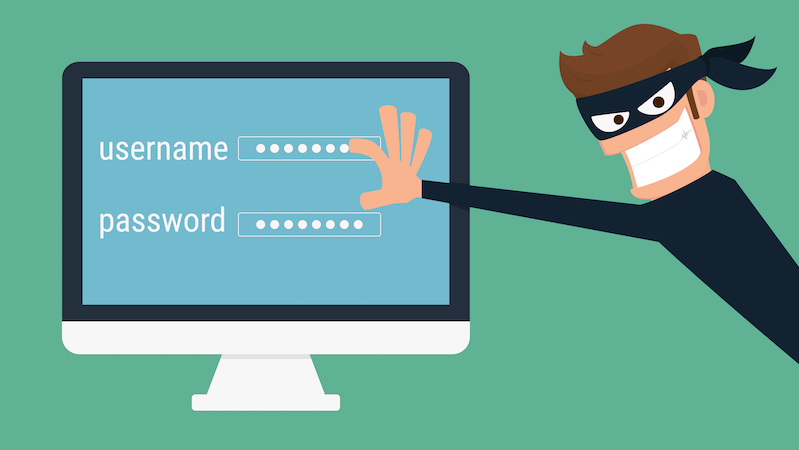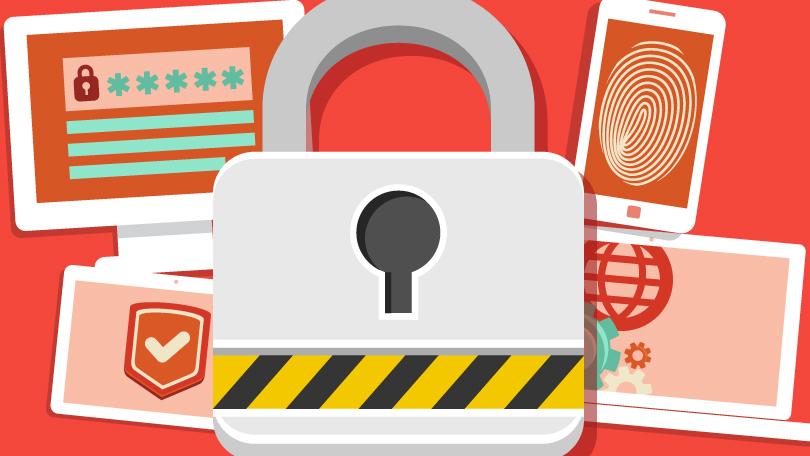Password Security: Why a Password Manager is Essential

It could be the easiest gateway to all your data. Someone has snatched your phone or computer. They open it and see it’s locked.
However, they might also find personal details about you if they have your bag or wallet.
Further, if you incorporate personal details into your passwords such as your birthdate, address or more, it makes it easier for others to hack your device. And this is much more common than you think.
Survey Finds Password Security Isn’t Taken Seriously
PC Magazine conducted a survey of 1,000 U.S. consumers and their findings show people still don’t take password security seriously. Of those surveyed, 19 percent admitted to including their name or initials in their password. Meanwhile, 16 percent used their wedding date; 15 percent used the name of a family member; 12 percent used their birth year and another 12 percent used their house address.
As you can see, it wouldn’t take a Mr. Robot-level programmer to crack these codes. And this isn’t meant to disparage anyone-seemingly every website requires a password and keeping track of them all can be quite difficult to manage.
PC Magazine discovered this was a common problem among those they surveyed. In fact, 28 percent admitted to jotting down their passwords on paper. Yet what happens if someone gains access to the device and that piece of paper? It becomes a step-by-step guide for the thief to access your information.
Additionally, nine percent of those surveyed used the same password for each website. Think about that, it would be akin to using the same key to gain access to your home, car, work, bank vault, etc.
This isn’t good security, so how do you make passwords harder to crack while managing them simply?
Password Security Essentials: Use a Password Manager
There are a wide array of password managers available such as Dashlane and Sticky Password Premium. In the case of Dashlane, it has a browser extension you can use for any service or platform. This means it’s fully-integrated between your smartphone, tablet or computer.
Most of these services require a fee. However, what you gain with it is peace of mind and an easier way to manage all your passwords. Most importantly, you don’t provide hackers with a blueprint they can use to hack into your device or accounts.
Signs Someone Changed my Password?
Perhaps, you’re noticing some wonky behavior with your accounts. To demonstrate, say Twitter sent you an email notifying you your password was changed, or when you go to log in, you are 100 percent certain of your login information, but they say it’s invalid.
In instances like these, it’s important to contact the email, social media or service provider to notify them that you didn’t authorize a password change.
In some cases, you can also do two-factor verification; this is where the provider will text, call or email you a verification code. If someone has hacked your account but doesn’t have access to your phone, this will stop them from changing the password.
Meanwhile, in dire cases where malware has rendered your data inaccessible, then it’s important to partner with experts who are adept at retrieving your data. The team at Outsource can assist you with this. With our proprietary tools and industry know-how, you’ll find our process to be efficient and stress-free. Contact us today to learn more!

